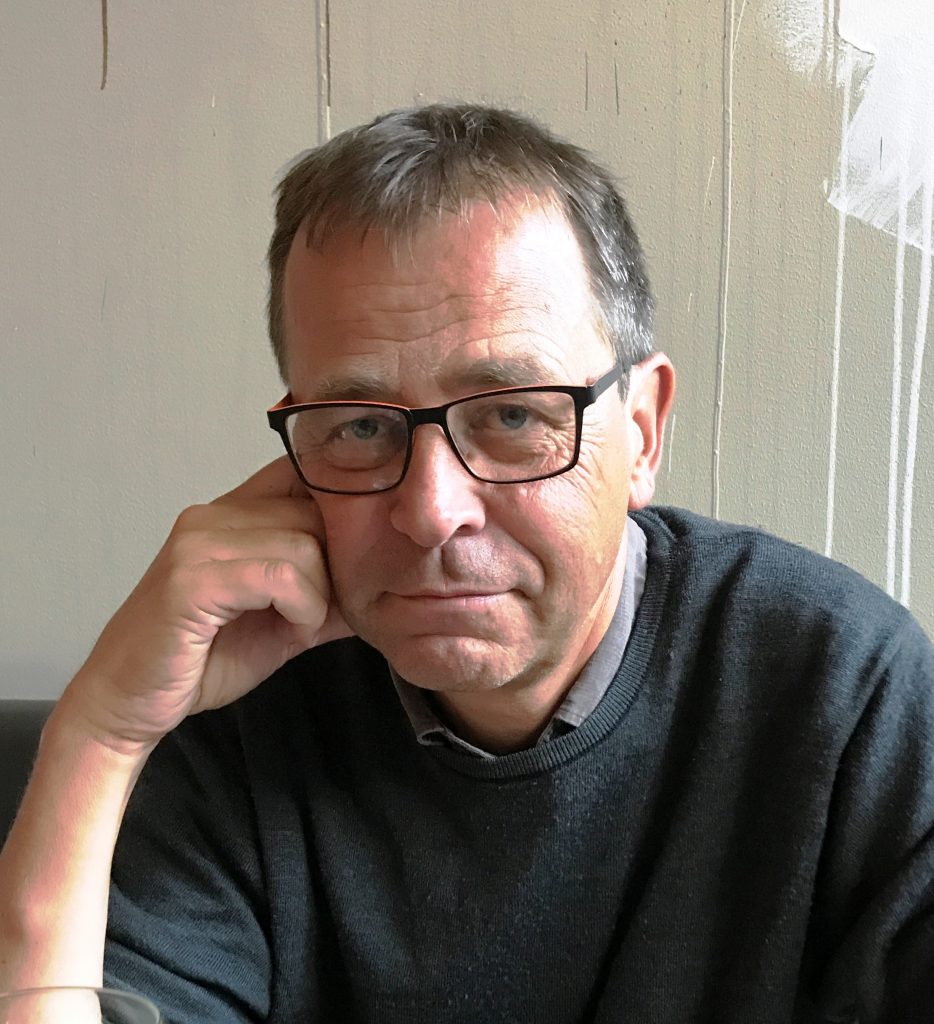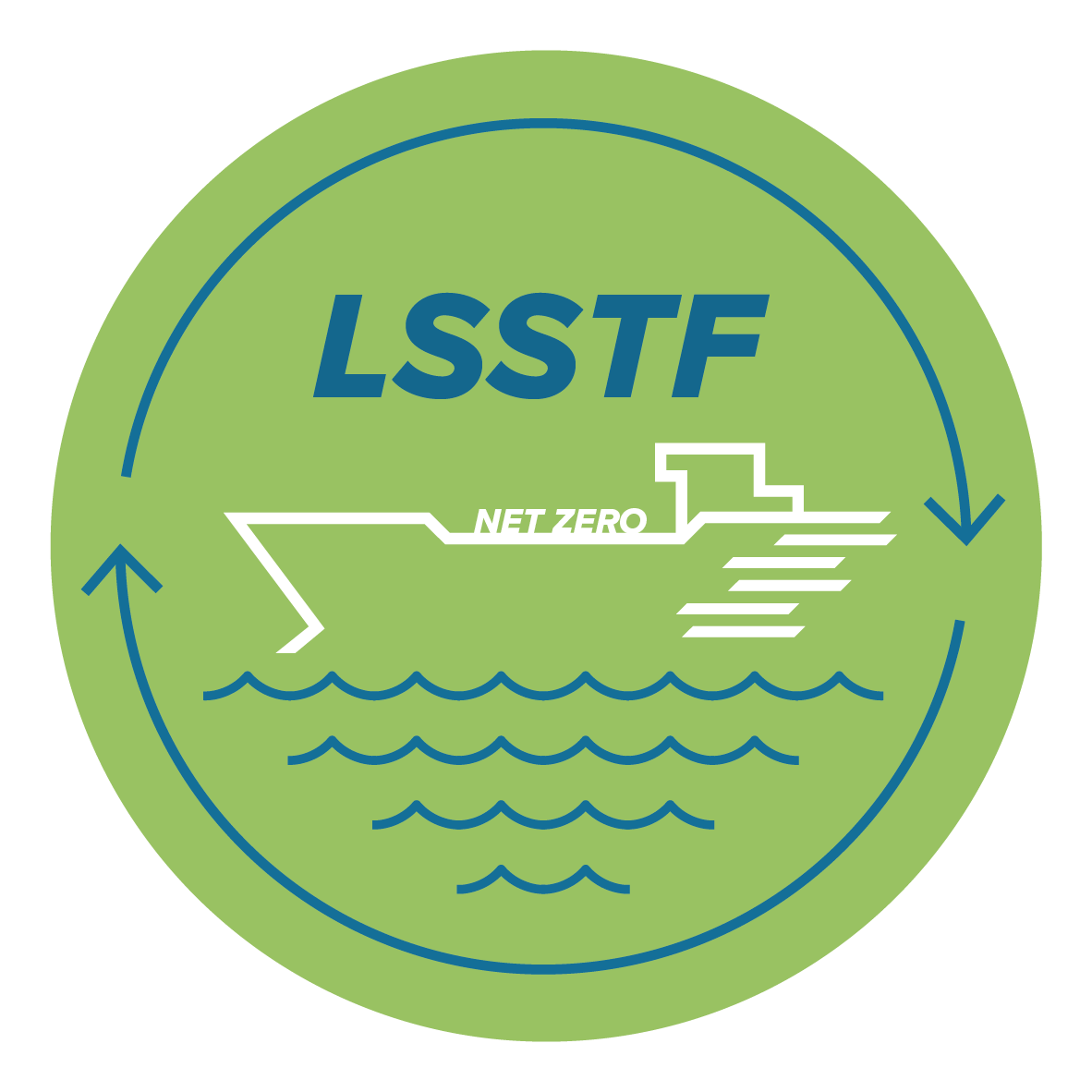Erik Fridell
IVL Swedish Environmental Research Institute
Dr. Fridell obtained a PhD in physics in 1993 and is assistant director and team leader for the Transport and Mobility group at IVL Swedish Environmental Research Institute and Adjunct Professor in Maritime Environment at Chalmers University of Technology. He has long experience on research about emission to air from traffic including emission modelling and research on emission abatement strategies. Recent research interest also includes scenario development, policy instruments and assessing impact on environment and health with a focus on new fuels and shipping. He has a wide experience regarding development and application of various methodologies for calculating and streamlining fuel consumption and air emissions for the transport sector. He has published over 100 research papers, several book chapters and public reports.




